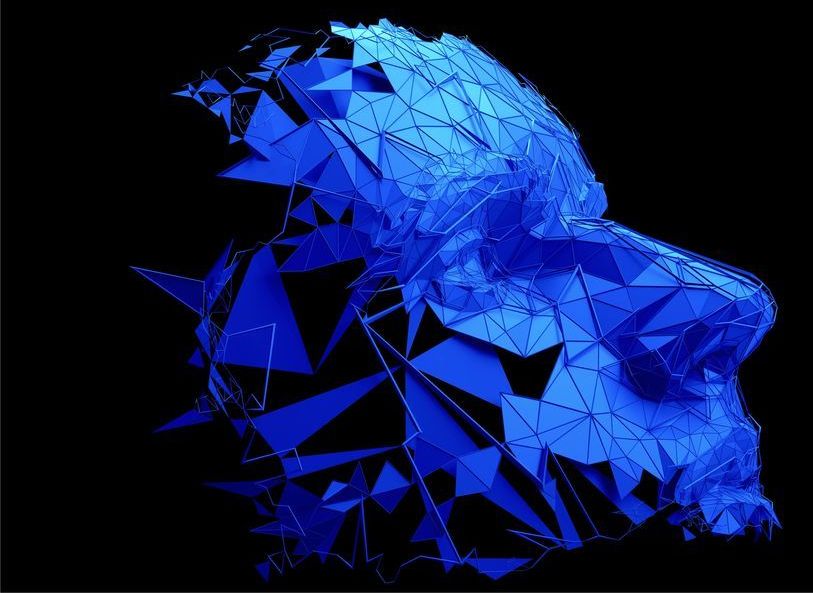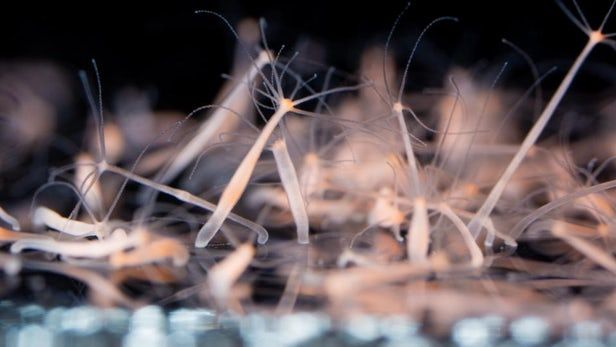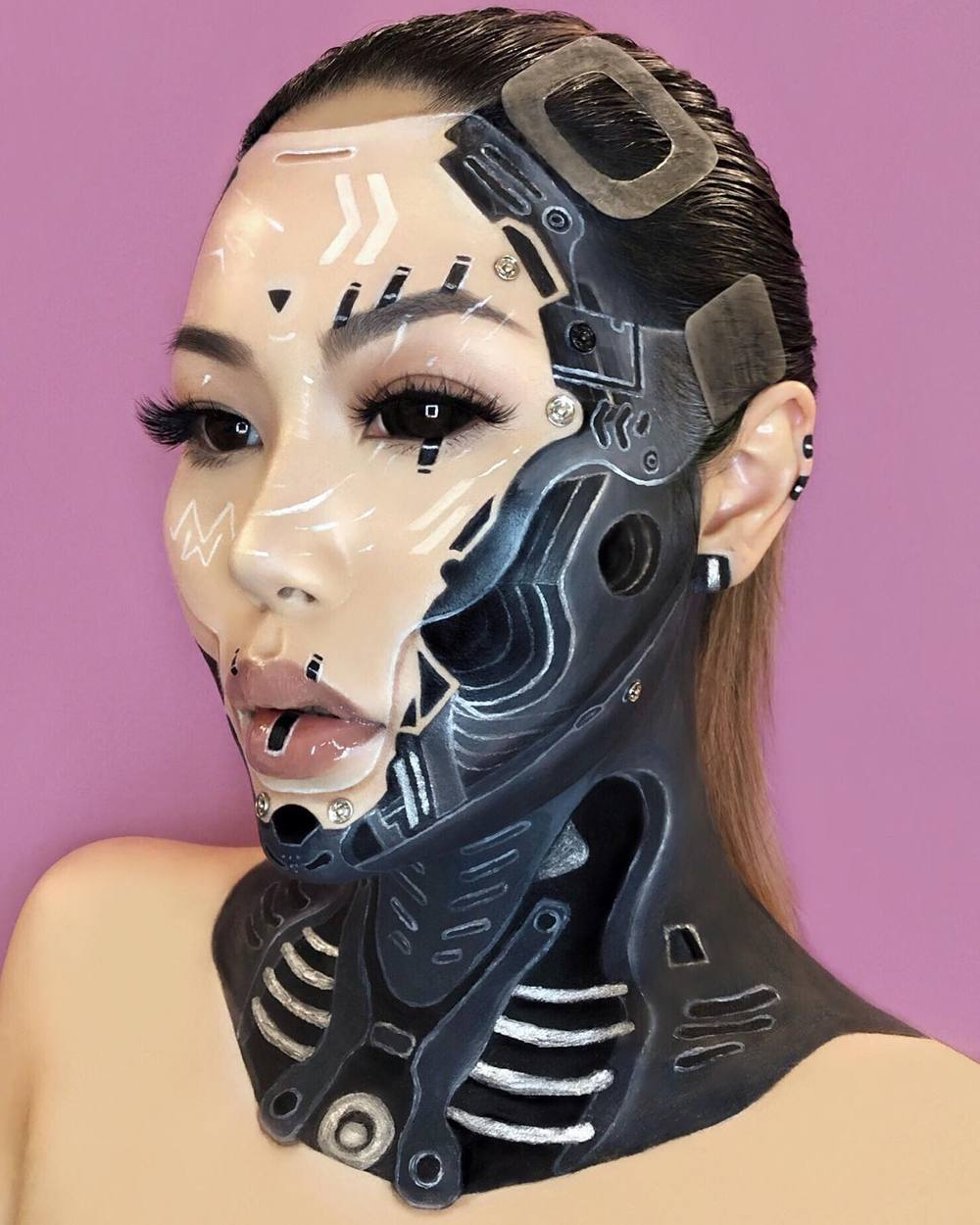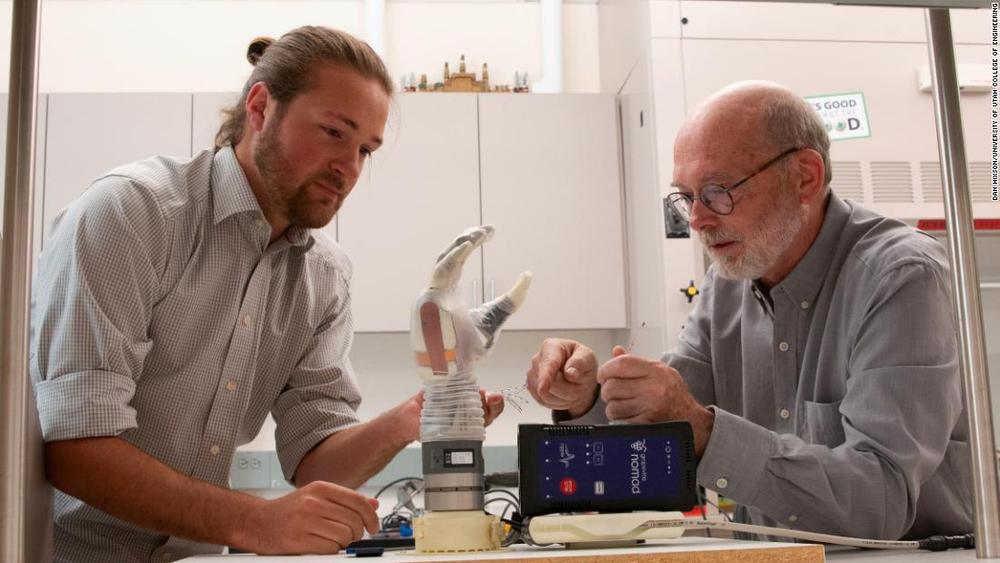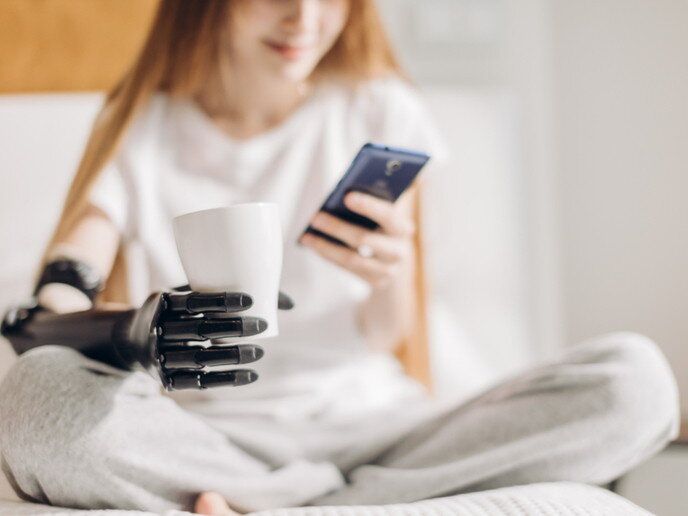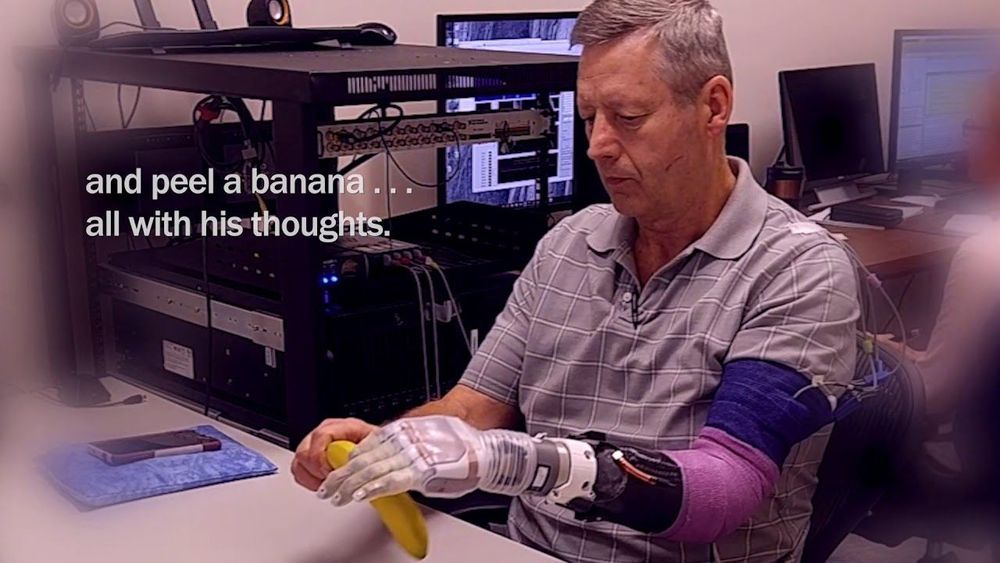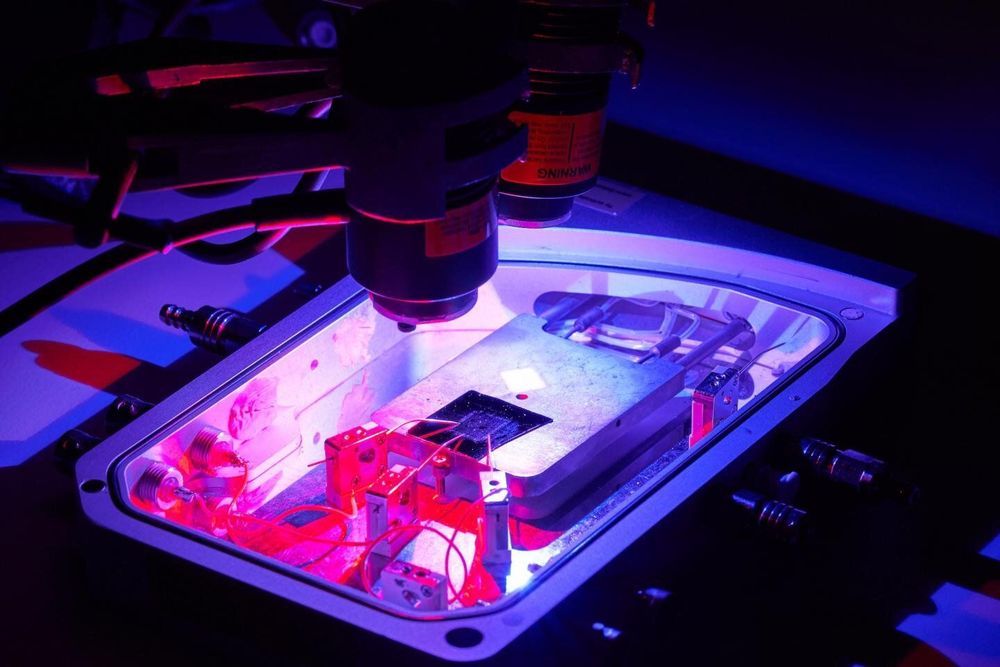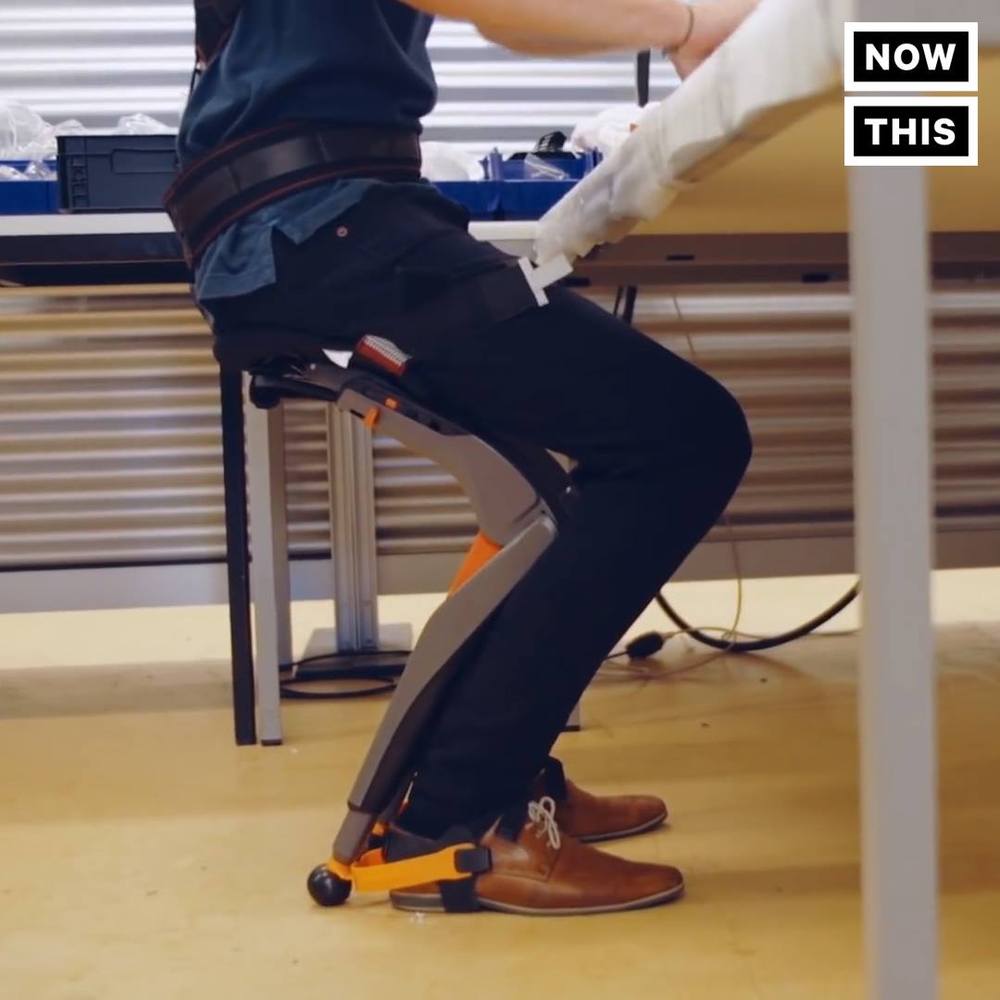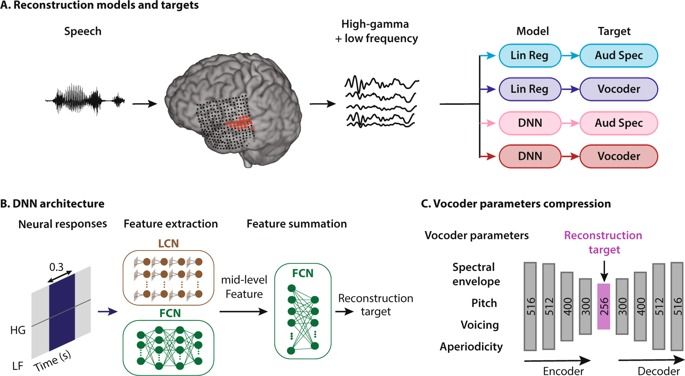I’m excited to share my new 1 hour interview at Singularity University radio with Steven Parton. Also, check out Singularity Hub and the write-up they did of the interview. We talk all things transhumanism, longevity, Cyborgs, and the future:
Singularity University, Singularity Hub, Singularity Summit, SU Labs, Singularity Labs, Exponential Medicine, Exponential Finance and all associated logos and design elements are trademarks and/or service marks of Singularity Education Group.
© 2019 Singularity Education Group. All Rights Reserved.
Singularity University is not a degree granting institution.
